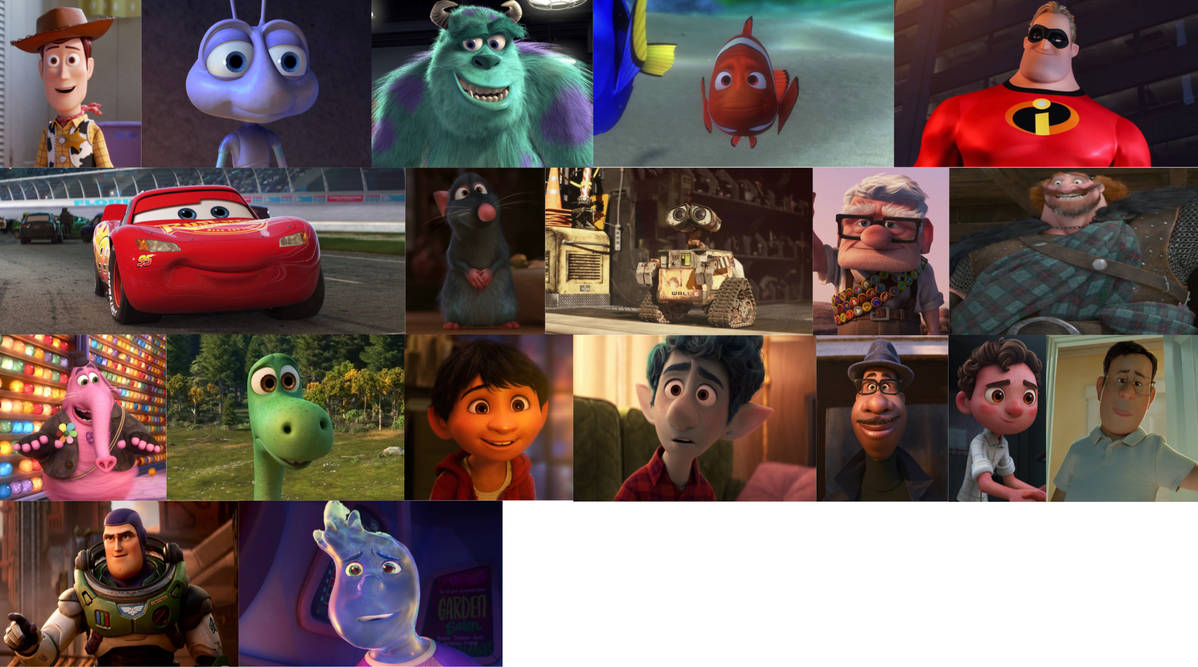
Since Toy Story’s release in 1995, Pixar produced a string of blockbuster hits that became cultural phenomena as core parts of early 2000s nostalgia. From Monsters Inc., Cars, Finding Nemo, WALL-E, to The Incredibles., all contain male characters that are protagonists that embody postmodernity.

Taking a feminist approach to analyzing these films and the depiction of males in animation movies, Wooden and Gillam (2014) offer insight on the impact such depictions have on the youth that watch them. As parents of boys they are concerned about the gender constructions in popular media that their children are exposed to. They take a different stance from Malin’s (2005) “crisis of masculinity” and focus on the “boy culture in crisis” in America.
Earlier Pixar films frequently use the narrative arc where the protagonist goes on an adventure and discovers more about themselves and returns transformed, which is typical of the hero’s journey trope first observed in myths. In Finding Nemo, we see Marlin’s love for his son is a basic part of him and this contributes to the larger “loving fatherhood” theme that Pixar films promote (Wooden and Gillam, 2014). One of the arguments made in Wooden and Gillam’s Pixar’s Boy Stories: Masculinity in a Postmodern Age is that the production giant tie the paternal aspect of masculinity to the “performance for heterosexual masculinity.” Rather than respond to the shifting paradigm that feminist movements bring, Pixar shows through Lightning Mcqueen, WALL-E, Mr Incredible, and James P. Sullivan that their ability to nurture in a parental role subdues all else, and this does not broaden the masculine ideals but pushes them in another limiting bubble.
Hyperactive and ambitious male characters in Pixar are also repeatedly brought down and re-educated about their “self-celebration” (Wooden and Gillam, 2014). A pattern of reining in ambition into conformity is visible in Pixar’s films particularly by putting men in subordinate positions relative to the females in their lives. Such utilitarian values are particularly in A Bug’s Life or The Incredibles. We can then interpret that Pixar appears to stifle innate, individual male talents to serve society, despite the characters' struggle to do so.
In an attempt to balance depictions of empowering females, Pixar might just be suppressing the extroverted and creative nature of boys by forcing them to be stoic and suppressing what makes them unique and special, as Wooden and Gillam (2014, p. 27) suggest, “Showing our boys new ways to stand out may be more important than insisting they just get back in line.”
Image Credits:
1. GeoNonnyJenny on DeviantArt